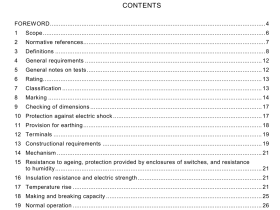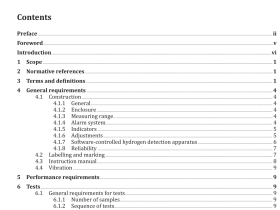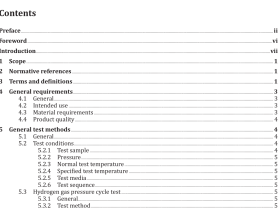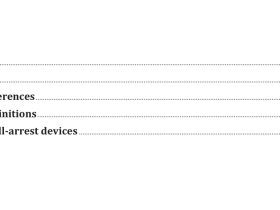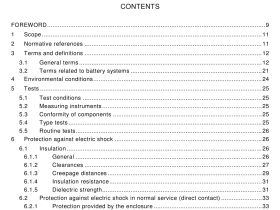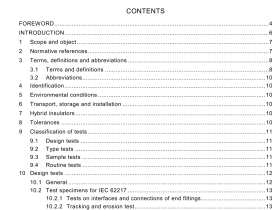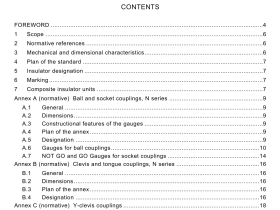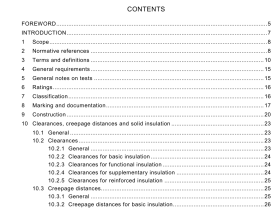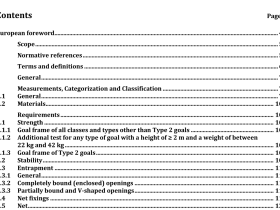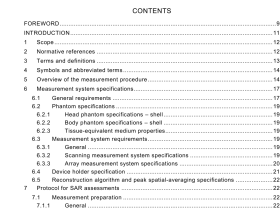AS 5340 pdf download
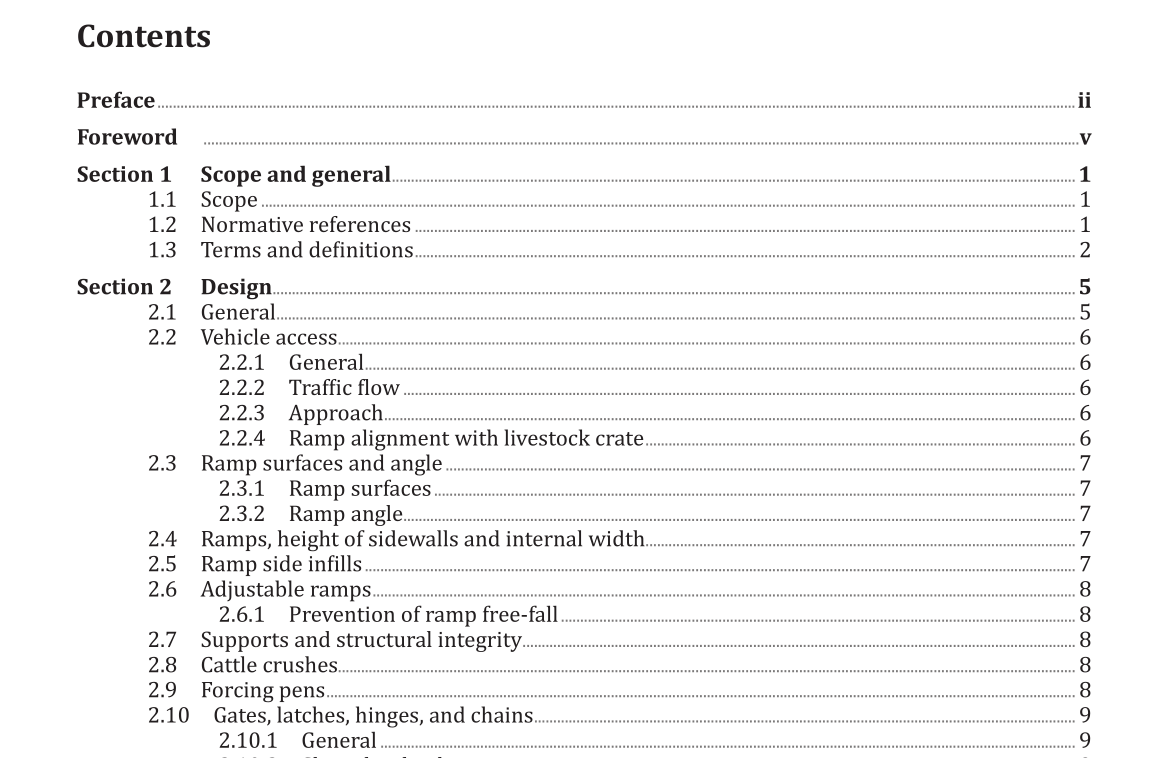
AS 5340 pdf download.Livestock loading/unloading ramps and forcing pens
1.1 Scope
This Standard sets out requirements for loading/unloading ramps and forcing pens to enable persons to safely load and unload livestock from vehicles used to transport them, and ensure the welfare of livestock and the safety of livestock handlers. It covers — (a) stock yard panels; (b) gates; (c) latches; (d) surfaces; (e) sheeting; (f) walkways and access; (g) structural elements; and (h) vehicle access. It includes examples of ramp design and infill positioning, and guidelines for risk management. The Standard applies to rear, side and cross-loading ramps. The Standard does not cover any other forms of livestock yards. The Standard does not refer to work on or in livestock crates.
1.3 Terms and definitions
For the purposes of this document, the following terms and definitions apply. 1.3.1 bridging flap adjustable bridge, normally attached to the top of a ramp, designed to eliminate any gap between the livestock crate and ramp floors 1.3.2 cattle crush device for restraining livestock Note 1 to entry: Also known as vet crush or head bail. 1.3.3 competent person person having such knowledge and experience of livestock loading/unloading ramps, forcing pens, and associated equipment, as is necessary for that person to assess their condition and make an informed judgement as to whether or not they may safely remain in service 1.3.4 control measure, in relation to a risk to health and safety, to eliminate or minimize the risk to people or animals Note 1 to entry: Control involves a hierarchy of controls including: elimination; substitution; isolation; engineering; administration; personal protective equipment. 1.3.5 critical control point point at which failure to control risk may cause harm to people or animals 1.3.6 dump ramp wide ramp designed only for unloading 1.3.7 forcing pen holding pen that allows operators to encourage animals up the race or ramp while maintaining segregation between livestock and people Note 1 to entry: Forcing pens come in different shapes including conventional or round style designs. 1.3.8 hazard source or situation with a potential to cause injury and ill health to a person or animal 1.3.9 large livestock animals such as bovines (cattle), equines (horses), camelids (camels, alpacas) 1.3.10 livestock crate device used to contain livestock during transport Note 1 to entry: A livestock crate could be a truck, train, ship, car trailer, aircraft, etc.1.3.11 livestock crate door pin device that secures the livestock crate door 1.3.12 may indicates the existence of an option 1.3.13 non-bruise material smooth-surfaced material without projections or sharp corners 1.3.14 personal access gate gate to allow an operator to safely enter or exit the internal structure of a livestock facility 1.3.15 race set of parallel panels leading up to the ramp 1.3.16 ramp stockyard structure used for loading and unloading livestock to or from a livestock crate, including portable ramps and cross-loading ramps or platforms 1.3.17 ramp entry/exit gate gate positioned at the top of a ramp to allow operator to enter or exit the ramp or livestock crate 1.3.18 ramp safety lock failsafe system intended to prevent an adjustable ramp from freefalling whilst in use 1.3.19 rear loading method used for loading livestock that requires the livestock crate to be reversed back onto the loading/unloading ramp Note 1 to entry: See Appendix D for information on loading methods. 1.3.20 risk possibility that harm (death, injury or illness) can occur to a person or animal when exposed to a hazard 1.3.21 safe working load SWL maximum load that the material handling equipment is designed and constructed to handle or support safely Note 1 to entry: Under certain conditions the SWL may not be the same as the working load limit (WLL), 1.3.33. Note 2 to entry: SWL is no longer used to identify the maximum capacity of equipment due to being too vague. 1.3.22 safety gate gate operated from outside the ramp, fitted to the livestock crate end of a loading ramp, that provides separation between the livestock and the handler while they install/remove any bridging flaps and or open/close the livestock crate door Note 1 to entry: Also known as a “head gate”.
